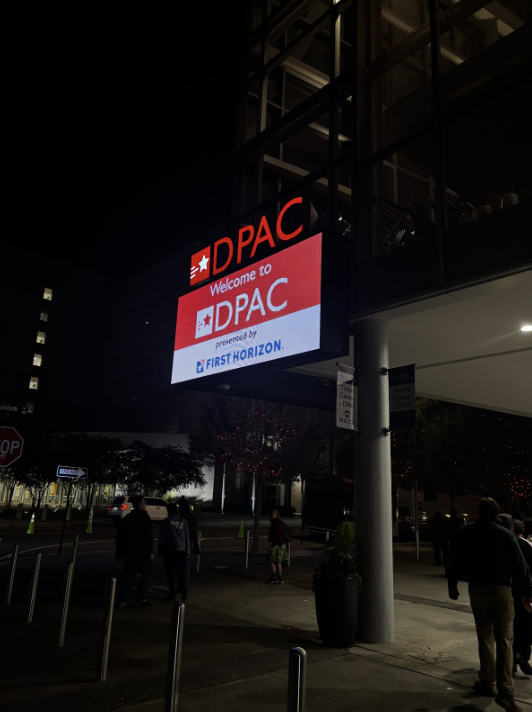“It’s time to write the best chapter in the story of your life.” That is Disney’s headlining promotional phrase for its new Storyliving initiative. Storyliving by Disney is a self-proclaimed affordable and attainable housing initiative that looks to develop neighborhoods with a “Disney touch”. Considering the “Disney touch” includes a more than $1 million downpayment and the use of 1,500 acres of land, how many people can afford writing the best chapter in the story of their life? How many people are forced to rewrite theirs?
So far, two communities are in the works, Cotino in Rancho Mirage, California and Asteria in Pittsboro, North Carolina located in Wake County’s neighboring Chatham County. Both are advertised as utopias, perfect communities to build a perfect life with a perfect family.
This plan approaches similarities to the 1996 Disney development, Celebration, Florida. With full control over the town, Disney began its reform in the same way Storyliving plans to. The same ideals of community were pushed into this initiative, taking inspiration from Walt Disney’s idea for an Epcot-themed neighborhood, as was fast-paced consumerist construction.
With the Disney Company running low on time from their 1990 announcement date to their expected 1995 establishment date, they enlisted the help of different construction companies to build enough houses to shelter more than 10,000 residents. With this and a housing boom in Central Florida during the early and mid-nineties, money, time and resources were running low. Thus creating a poorly built town where civilians spent their money on repairs every week and Disney gained money from property tax just as often
The appeal, as seen with Celebration, Florida and now being seen with the Storyliving initiative, comes with the community-based infrastructure of the developments. By putting shops, community centers, and parks in the center square of the neighborhood, 1950s suburbia which promotes rows of isolated houses is replaced with a more reformed and community-based template of middle-class society.
While this is a progressive step into the future of housing, the houses in these developments are nowhere near affordable. Pittsboro’s “Asteria” has a starting price of about one to two million dollars. This is, according to the US Census Bureau, around $20,000-$50,000 more than Chatham County’s average annual income of about $80,000.
Gentrification, as promoted by the expensive new developments being placed in Chatham County’s timeless acres, antagonizes the tax system of the county. With a larger population who earn more annually, property tax and sales tax will go up. This will push older communities with lower incomes out of their residencies to make room for a more wealthy population. With this, the county will implement more projects to appease newer residents who have money to spend such as malls, amusement parks, and high-profile restaurants. In the future, this could make Chatham County just as commercially competitive as Wake County.
One could say that the consequences of Storyliving will trickle into Wake County because Chatham County borders it. Asteria is promoted as an ideal location because of its 45-minute proximity to Raleigh, the capital city of our state. With an influx in tourism, Wake County could be in danger of becoming a tourist attraction. This promotion most likely has something to do with the ones overseeing the Asteria Project, Preston Development Company who are based in Wake County. The development company that only 30 years prior commenced their Preston and Prestonwood Country Club projects, contributing to the beginning stages of Wake County’s gentrification.
Since its establishment in 1991, Preston Development Company has constructed some of the wealthiest communities in Wake County. The average cost of a home in North Carolina is about $200,000. However, Preston homes double, triple, or even show up five times more expensive than the buying price of an average house in the state.
Wake County has been significantly gentrified in the past few years due to new Preston developments. With a white population moving up to 58% and a loss of almost 23,000 acres of farmland according to the official Wake County site, Wake County is on its way to becoming one of the most gentrified counties in North Carolina. Now, Chatham County, with approximately 111,778 acres to spare for the Preston Development Company, may fall victim to the same fate.
The new Storyliving initiative seems perfect at first glance. Community, togetherness, and a little bit of Disney magic. However, the reality of building new developments in less developed areas like Chatham County is that prices will go up, new people will be brought into old communities, and a loss of natural landscape will endure. Soon, an affordable place to call home will now be taken over by malls, parking lots and the upper-middle class. Through this, it is evident that the Storyliving initiative is profitable but in terms of experiencing it, only a certain group of people are wealthy enough for the opportunity.



















































































